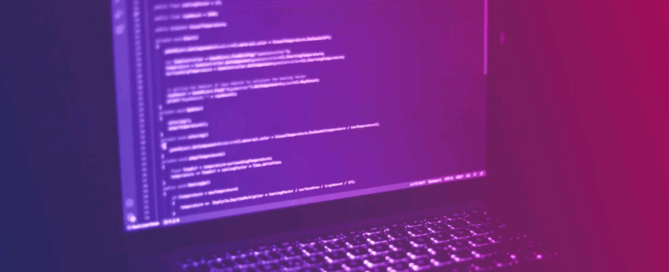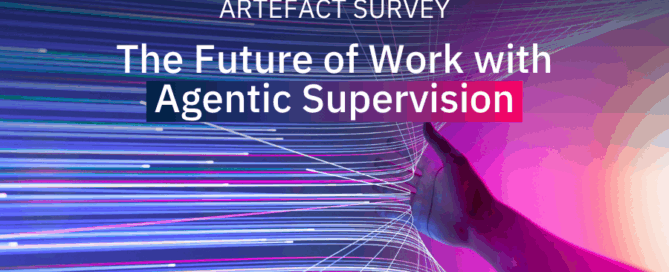How AI is changing search and what it means for customers, marketers and brands
AI is transforming search, shifting it from ranking and retrieval towards reasoning and synthesis. This whitepaper charts this evolution, explains the mechanics of large language models (LLMs), and sets out the implications for marketers and brands. At the center of the new measurement landscape is the golden triangle of MROI: Marketing mix modeling (MMM) provides the strategic view, quantifying the impact of marketing on sales and offering optimizers and simulators to guide budget allocation. Incrementality testing validates whether campaigns truly drive additional outcomes, using test-versus-control experiments to establish causality. It also calibrates both MMM and attribution models. Attribution informs in-flight optimization by assigning credit across customer journeys. In 2025, advanced models use deep learning and attention mechanisms to capture channel interactions more effectively. These methodologies are most powerful when used together: MMM for long-term planning, incrementality for ground truth, and attribution for real-time agility. Companies also face the decision of in-housing vs. SaaS solutions. In-housing brings customization and control but requires talent and investment, while SaaS offers speed and expertise. The right choice depends on resources and data maturity. Real-world examples highlight best practices: Google’s Meridian introduces an open-source MMM toolkit to improve calibration, upper-funnel measurement, and bias correction. Accor uses incrementality testing to question assumptions and optimize budget allocation. Nike demonstrates the power of persistence and cultural change, embedding measurement into processes and democratizing insights. Artefact stresses the 95-5 rule, showing how brand equity measurement links long-term growth with short-term performance efficiency. Looking forward, five trends will shape measurement: improved data quality, new frameworks for retail media and connected TV, in-housed MMM with testing, privacy-first approaches, and attention-based metrics. The conclusion is clear: marketing measurement is now a strategic enabler. By integrating methodologies, embedding them in culture, and focusing on both performance and brand, CMOs can defend their budgets and unlock sustainable growth.
